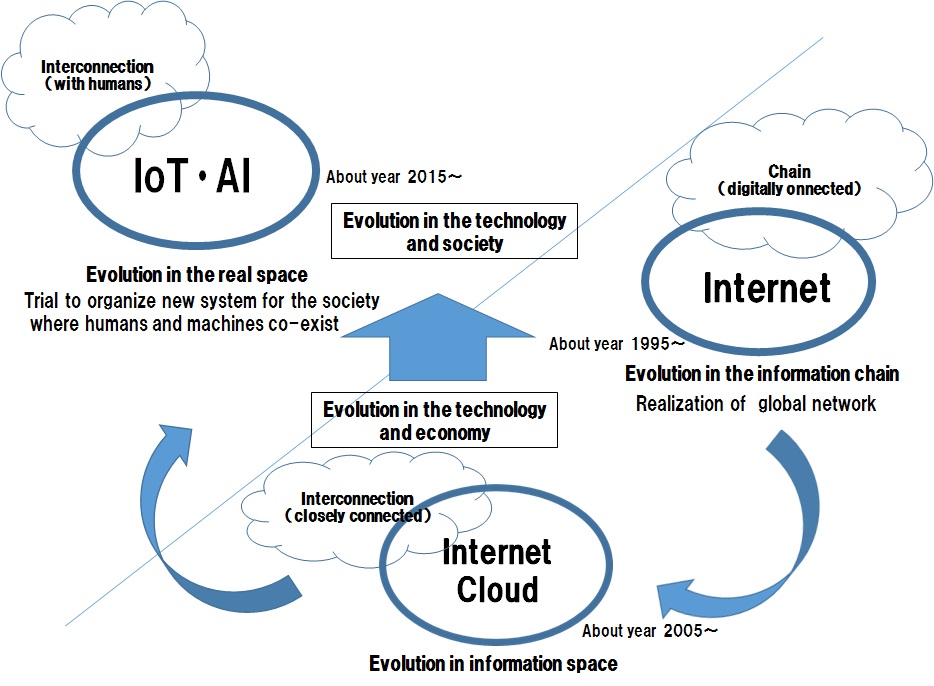Ict based smart monitoring system

Introduction:
Intelligent monitoring is defined using different
computational methods that provide the
customers with relevant tools and information in
monitoring, control, manage, and optimize the
network [5]. The integration of modern
information technology with the cyber-physical
world produces new applications, such as
ubiquitous computing, which renders interactive
computers usable though essentially invisible to
people [6]. It seeks to break away from desktop
computing to include consumers anywhere and
at all times with computer resources [7]. The goal
is to break away from desktop computers to
provide consumers with computing resources
anywhere and anytime [8]. Since its inception,
the Internet of Things (IoT) has taken the globe
by storm. The theory of wireless technology
linking everything sums up the IoT [9]. IoT is the
connection of devices, software, sensors,
actuators, and physical objects are embedded in
the network, cars, home appliances, and other
products that help these things to communicate
and share data [10]. IoT is quickly developing
with the latest developments in wireless
technology and embedded devices, with low-
power Microcontrollers being developed that are
ideal for remotely distributed IoT systems to link
and run for years without any maintenance [11].
Making IoT not only luxurious but also required
data aggregation for defense systems. The
number of IoT devices has risen from 8.4 billion
in 2017 to a predicted 30 billion by 2020 [12]

Abstract
Purpose
The purpose of this study is to implement environmental control systems; information and
communication technologies based on user behavior for smart buildings and describe their
definitions, technological advances, advantages and modern uses. It also highlights the
complexity and difficulty of energy management and comfort via control devices.
Design/methodology/approach
This study reviews recent progress in control, information technologies, sensing and
optimization in buildings and addresses the automation and environmental control systems
of important parameters such as lighting, noise, temperature and humidity. It also explores
the technological innovations and methods of management through sensors based on
user behavior for the processes of optimization and control.
Findings
A proposed prototype has been developed by the combination of user behavior and
control systems in buildings, mainly related to thermal comfort and energy use. This study
addresses the development of a smart-comfort control system based on users’ behavior.
Originality/value
The main contribution of this study is the goal-driven development of an indoor quality
apparatus for environmental monitoring data by using smart sensor systems. It can help
users to monitor and control their environmental factors and provides functionalities for
assessing comfortable ranges.
Future Scope:
The government has launched an information and communications
technology (ICT) contest to create innovative, modular and
cost-effective solution to develop a smart water supply measurement
and monitoring system to be deployed at the village level, according to
an official statement on Friday.
Jal Jeevan Mission, in partnership with the Ministry of Electronics and Information
Technology, has launched the challenge and will be inviting proposals from Indian firms,
including start-ups and micro, small and medium enterprises.
"National Jal Jeevan Mission, in partnership with the Ministry of Electronics & Information
Technology (MEITY), has launched an ICT Grand Challenge to create innovative, modular,
and cost-effective solutions to develop a ''Smart Water Supply Measurement and
Monitoring System'' to be deployed at the village level," the statement said.
Jal Jeevan Mission (JJM) aims at providing tap water connection to every rural household
by 2024.
This necessitates the use of modern technology in systematic monitoring of the
programme and to capture service delivery data automatically for ensuring the quality of
services. Digitalisation of water supply infrastructure has the potential to solve some of the
biggest societal problems facing the nation. More importantly, it will help anticipate and
address future challenges, the statement said.



Comments
Post a Comment